Aquarium, seabed, circa 1935
Oil on panel Signed “Radda” lower right
33.5 x 41 cm
Painter born in Corbeil-Essonnes in 1891, Julie Florent was active in Paris at the beginning of 20th century in the Montparnasse district under the name of Lydia Radda. Self-taught, she says she was drawn to painting by the magic of church stained glass windows. She occupies a small workshop on rue Notre-Dame-des-Champs where she lives humbly. The one who sees herself taxed as a savage remains almost sealed off there, willingly keeping away from artistic and literary cliques. She stubbornly works there and escapes when an opportunity to reach the Mediterranean arises.
The young artist participated in the Salon des Indépendants, the Salon d'Automne from 1924 as well as the Salon des Tuileries. Several Parisian galleries also devote exhibitions to him such as the Charles-Auguste Girard gallery, the Granoff gallery or the Mantelet gallery by Colette Weil where his works rub shoulders with those of Tsuguharu Léonard Foujita, Maurice de Vlaminck, Henri de Waroquier or again by André Lhote.
Lydia Radda distinguished herself in the painting of female nudes, landscapes and still lifes with flowers. Her work from the 1920s met with great success and unanimously thrilled the critics of her time, who praised a promising artist whose progress was constant. We evoke an artist “of an acute and charming grace”*, with a sensitive and pearly painting, “ignorant of any academicism”**. Louis Vauxcelles writes that the art of Lydia Radda: “pleases like a fruit with golden flesh, juicy pulp. It is made of spontaneity, passion and also scruples”. One of Lydia Radda's Aquariums is quoted in a review by André Warnod published in the magazine Comoedia in November 1928 (n°5778).
The work we are offering is directly related to this series of landscapes. The artist represents a dreamed aquatic world evoking the extraordinary and the marvellous. She says she likes the disconcerting forms with the subtle harmonies of fish and other plants evolving in the depths of unknown seas. During her lifetime, Dutch amateurs with whom she maintained correspondence, followed her work closely and supported her. To this day, several of his works are kept in the collections of Dutch museums, including oils belonging to the same series of Aquaruims.
© A. BIOT
* Comoedia, May 1928, n°5604, p.2 / ** Fine Arts, 1926, n°20


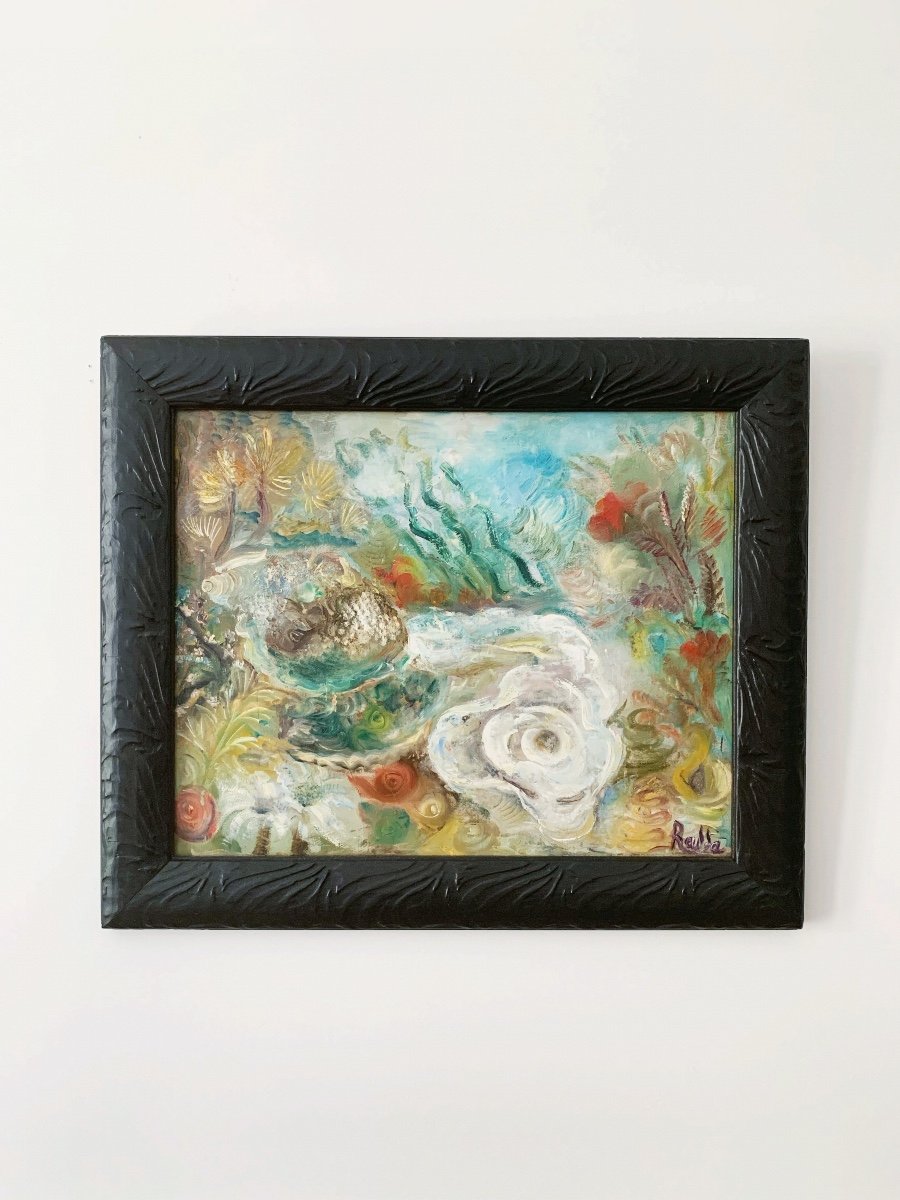



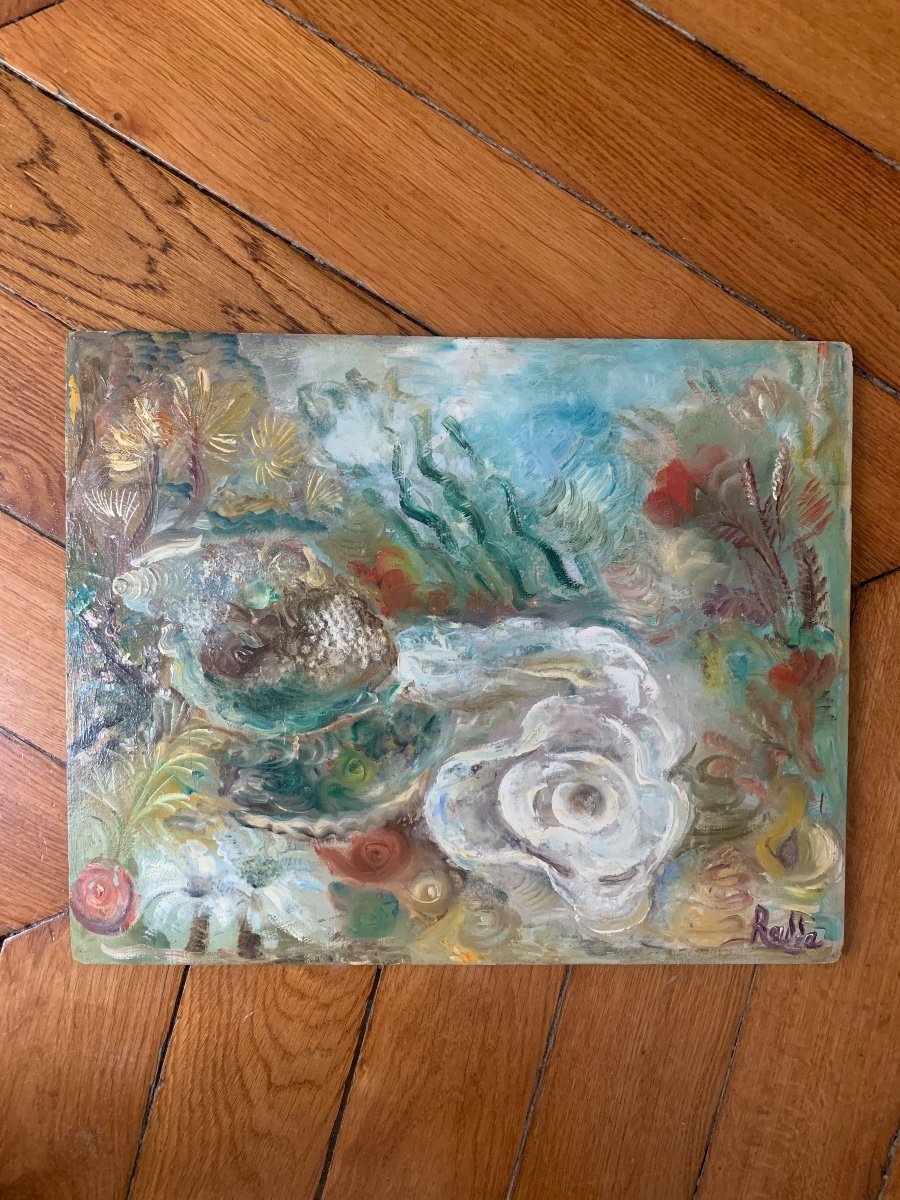
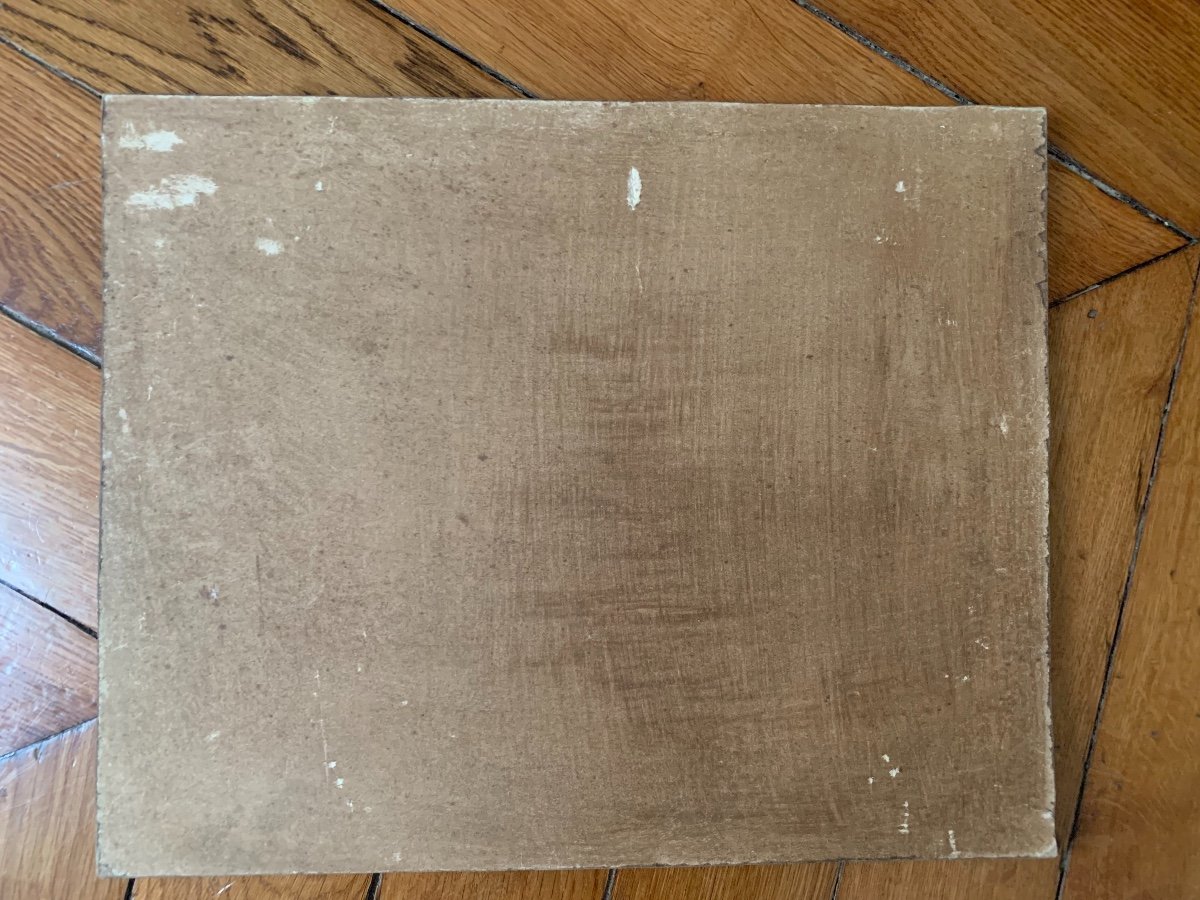
















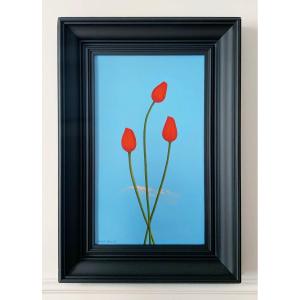






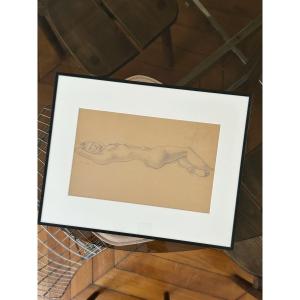









 Le Magazine de PROANTIC
Le Magazine de PROANTIC TRÉSORS Magazine
TRÉSORS Magazine Rivista Artiquariato
Rivista Artiquariato